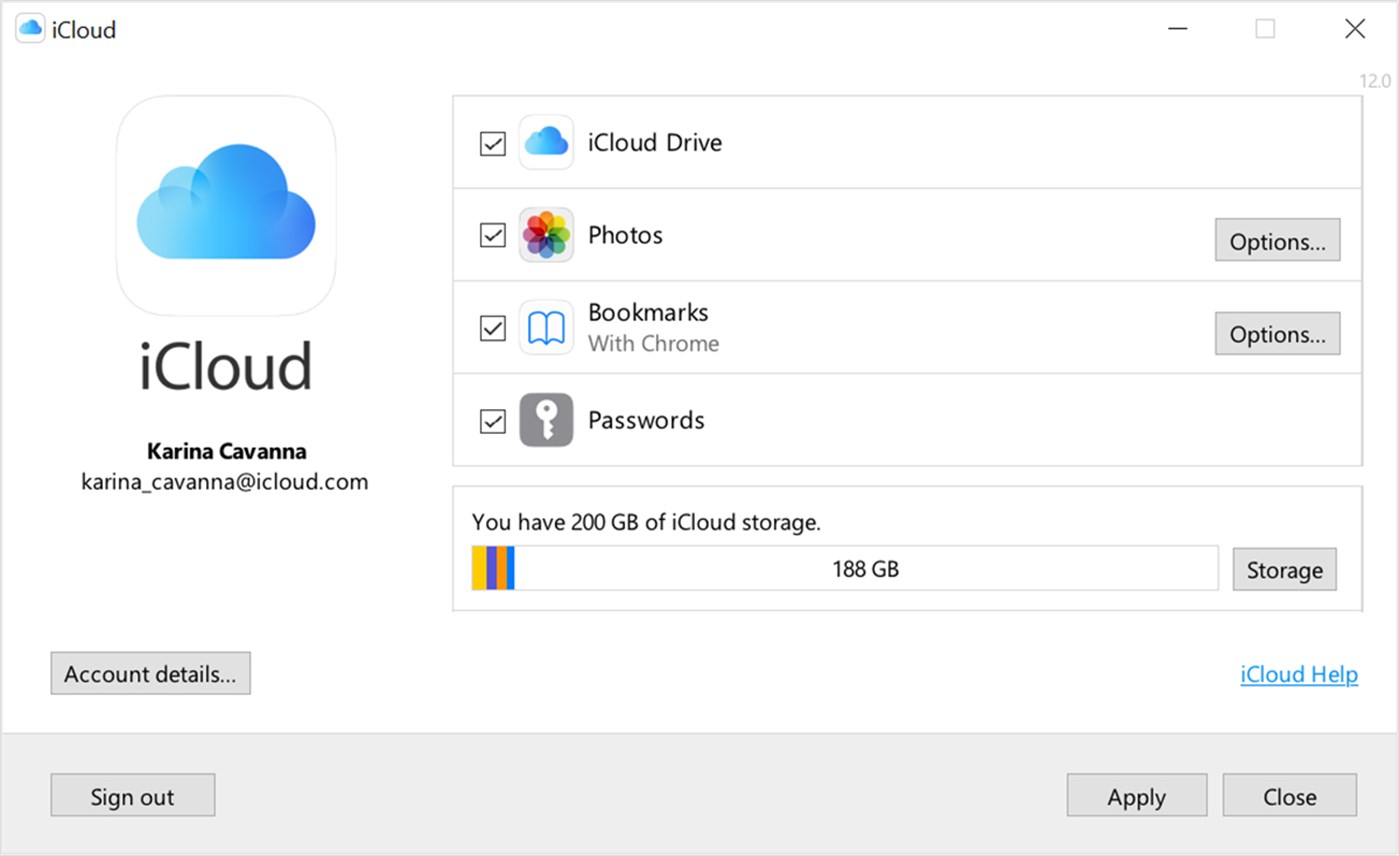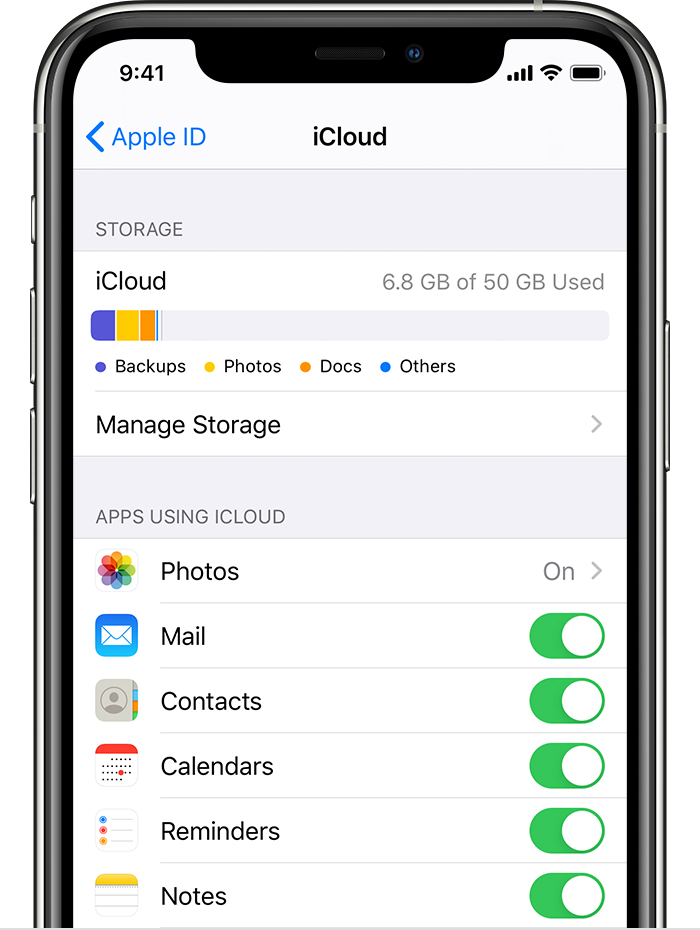
If you use iCloud email, its storage is counted against your total storage. So, , and all resolve to the same mailbox.

icloud – you automatically have aliases to those other domains. You can also use iCloud email, if your Apple ID uses an Apple domain, such as. At $2.99 a month, the 200 GB plan is sufficient for most people, and the $9.99 plan which gives you 2 TB storage allows you to put lots of files in the cloud.Įmail, iCloud Private Relay, and Hide My Email Some people use this just for a handful of files, because they use Dropbox, OneDrive, or another cloud storage service, but iCloud Drive could be your main file repository.

ICloud Drive allows you to store files in the cloud, which you can access in the Finder on a Mac, or in the Files app on an iPhone or iPad. (See Should You Back Up Your iOS Device to iCloud or Your Mac?) But if you plan to use iCloud Drive (see below), you’ll need more storage.
#Manage apps on icloud mac
You could get by with just the 5 GB, if you back up your iPhone or iPad to a Mac or PC. ICloud storage is used for data, backups, and to store your photos if you have an Apple Music or iTunes Match subscription, the storage provided for your music is independent from iCloud+. iCloud+ also includes some features to enhance your privacy when using iCloud email see – Email, iCloud Private Relay, and Hide My Email below. Note that there are also Apple One family plans that allow you to share storage among up to six people, and also give you access to paid Apple services. Here’s mine:Īpple sells additional storage for iCloud. You can see how much storage you’re using in System Preferences > Apple ID on a Mac (at the bottom of the window), or, on an iPhone or iPad, in Settings > Apple ID (your name) > iCloud. And even if you have multiple Apple devices, you don’t get any more storage. This isn’t much, because backing up one iPhone or iPad can take up all that storage. You need storage to hold your data, and Apple gives you 5 GB by default. Here’s what you see if you tap Settings > Apple ID > iCloud on an iPhone:

Many third-party apps rely on their own servers, but using iCloud means that they don’t have to manage a server, or deal with the hassle of user login issues, such as when users forgetting their passwords. ICloud not only allows you to access your data from Apple’s apps, but also serves as a platform for third-party apps, which can use iCloud to store and sync data. This streamlines your experience, because if you had to create separate accounts and log in to each app you use, you’d spend a lot of time managing user names and passwords. Your Apple ID gives you access to all of the many services provided by iCloud.
#Manage apps on icloud how to
(Read How to Manage and Use Your Apple ID – The Complete Guide.)
#Manage apps on icloud download
It also allows you to download apps from Apple’s App Stores, and more. This allows the device to fetch data from Apple’s servers and populate apps on the device. The first thing you are asked for when setting up a new Apple device is your Apple ID. But iCloud simplifies the use of Apple devices, and is a way to lock people into Apple’s platforms. It is possible to use Apple devices without using iCloud features you could, for example, use Google for your calendar, contacts, and email use Flickr or another service to store photos and use one of many messaging apps instead Apple’s Messages. With more than a dozen data types managed, iCloud ensures that your digital life is both stored in the cloud and synced to other devices. ICloud is so essential to using Apple products that it almost seems obligatory. MobileMe had been a paid service it cost $99 a year, but iCloud was, and still is free, though you have to pay for additional storage.

Mac, released in 2002 which replaced iTools, released in 2000. ICloud was released in October 2011, replacing MobileMe, a similar but more limited set of services available to Apple users from 2008 which, itself, replaced. This Apple ID, and iCloud account, allow you to subsequently log in on any Apple device, which can access your data in the cloud (that is, on Apple’s servers), and allow you to use it on that new device. When you first get an Apple device, you’re invited to create an Apple ID, which is your key to using iCloud.


 0 kommentar(er)
0 kommentar(er)
